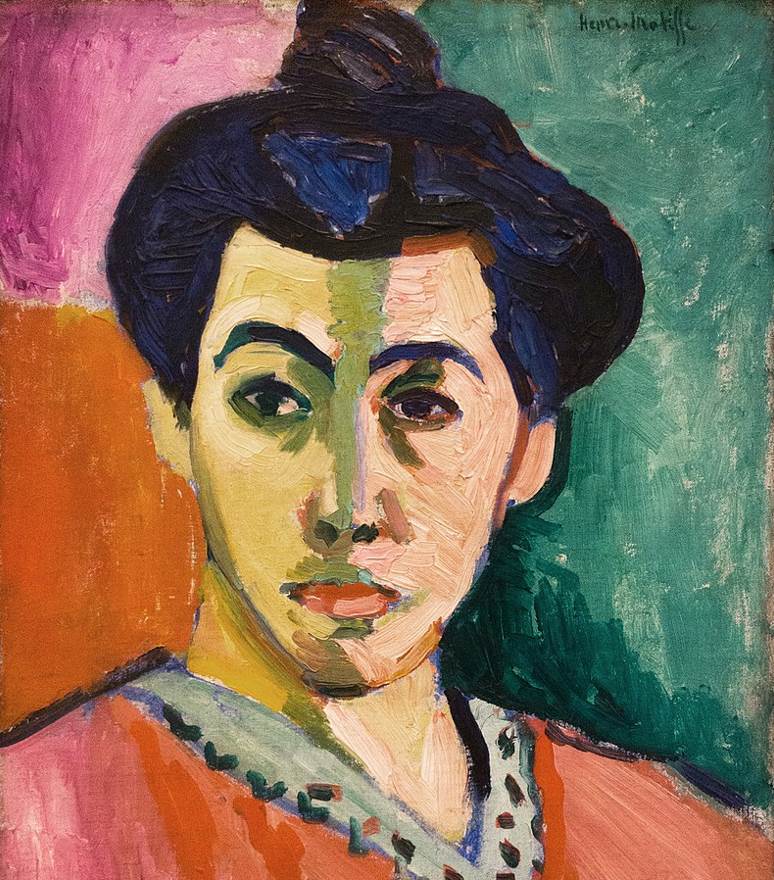From Vincent van Gogh to Johannes Vermeer, and from Claude Monet to Pablo Picasso.
This list of random fun and interesting art facts will both entertain and intrigue you!
1. Van Gogh’s Tragedy
Vincent van Gogh only sold one painting during his lifetime. It’s titled The Red Vineyard and he earned 400 francs from it.

2. Monet’s Masterpiece
“Impression, Sunrise” (1872) by Monet gave the Impressionist movement its name. It depicts a hazy view of the port of Le Havre, his hometown.

3. Picasso’s Productivity
Pablo Picasso produced an estimated 50,000 artworks throughout his life, including paintings, drawings, sculptures, ceramics, prints, and textiles.
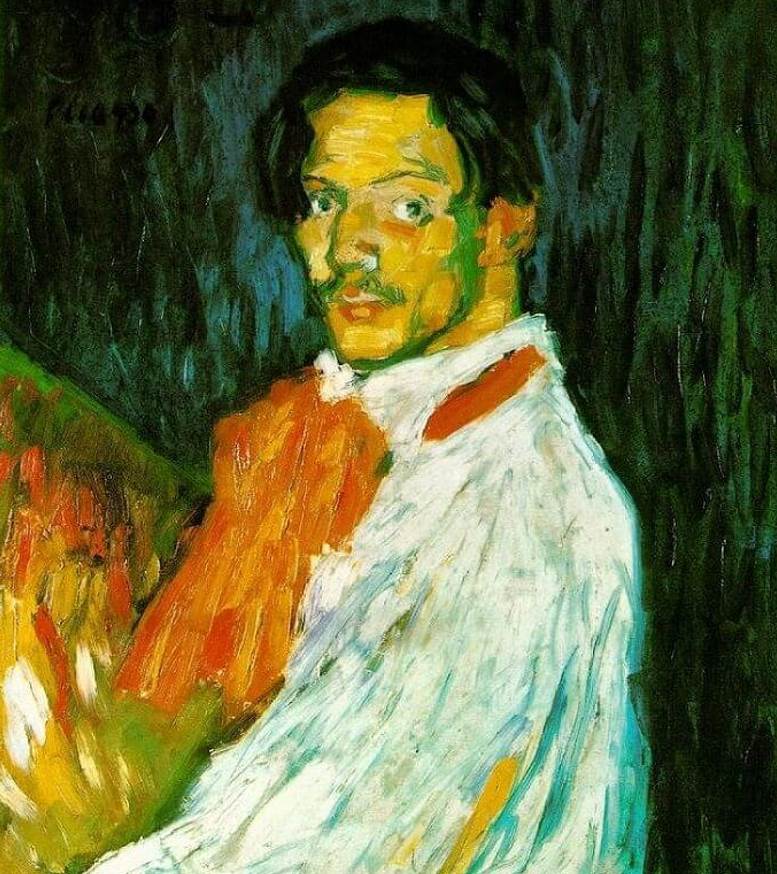
4. Mona Lisa Style
The Mona Lisa has no eyebrows or eyelashes because it was the fashion among women of her time to pluck them out.
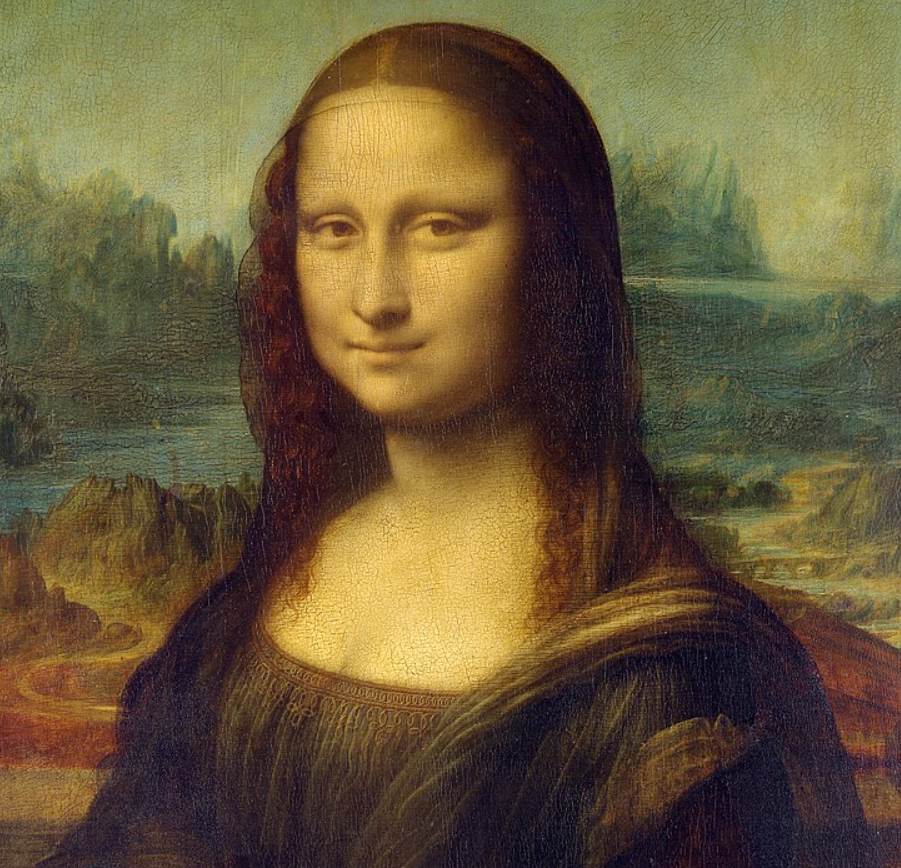
5. Dalí’s Peculiarity
Salvador Dalí often gave lectures wearing a diving suit and helmet, symbolizing his journey into the depths of the human mind.
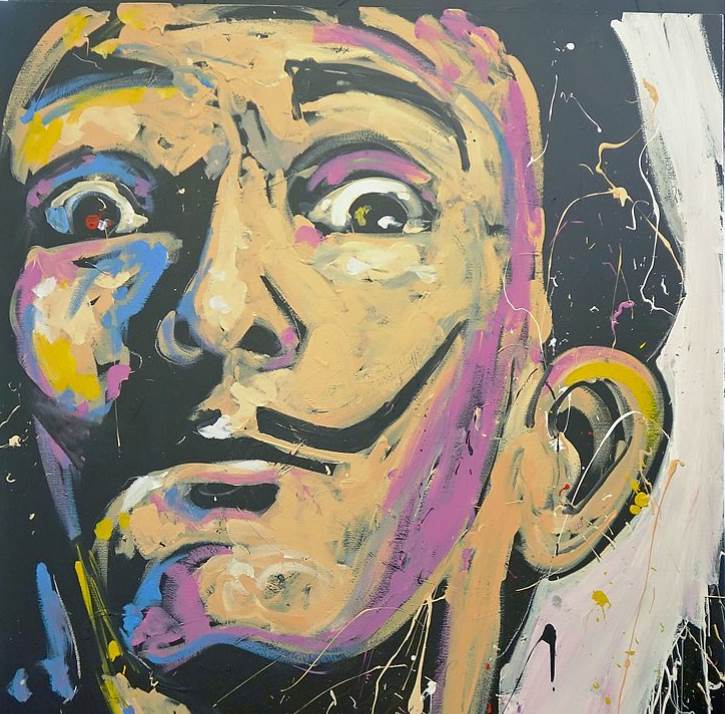
6. Michelangelo’s Pain
Michelangelo wrote a poem complaining about painting the Sistine Chapel ceiling, describing how uncomfortable and physically taxing the work was.
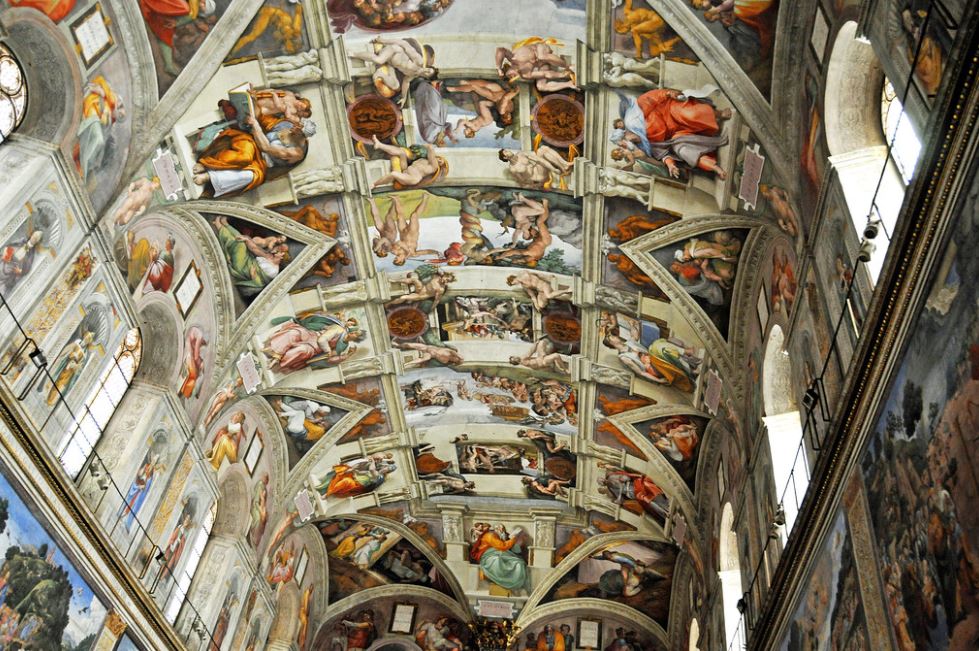
7. Rembrandt’s Ego
Rembrandt van Rijn often used himself as a model in his paintings, creating numerous self-portraits that show him throughout the years.
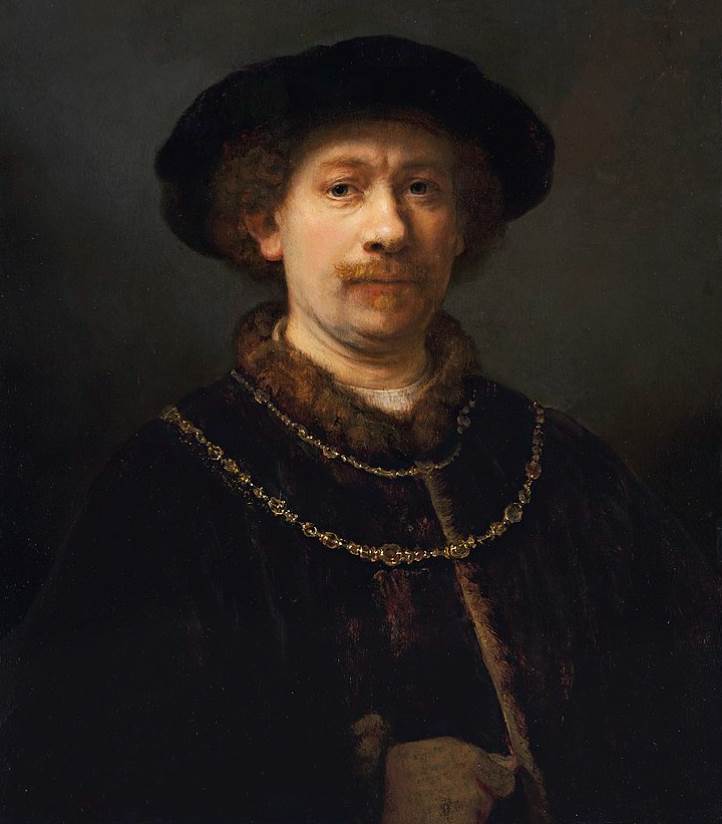
8. Van Gogh’s Masterpiece
Vincent van Gogh created “Starry Night” from memory during the day while staying at a mental asylum. He wasn’t able to see the view depicted in his world-famous painting from his bedroom.
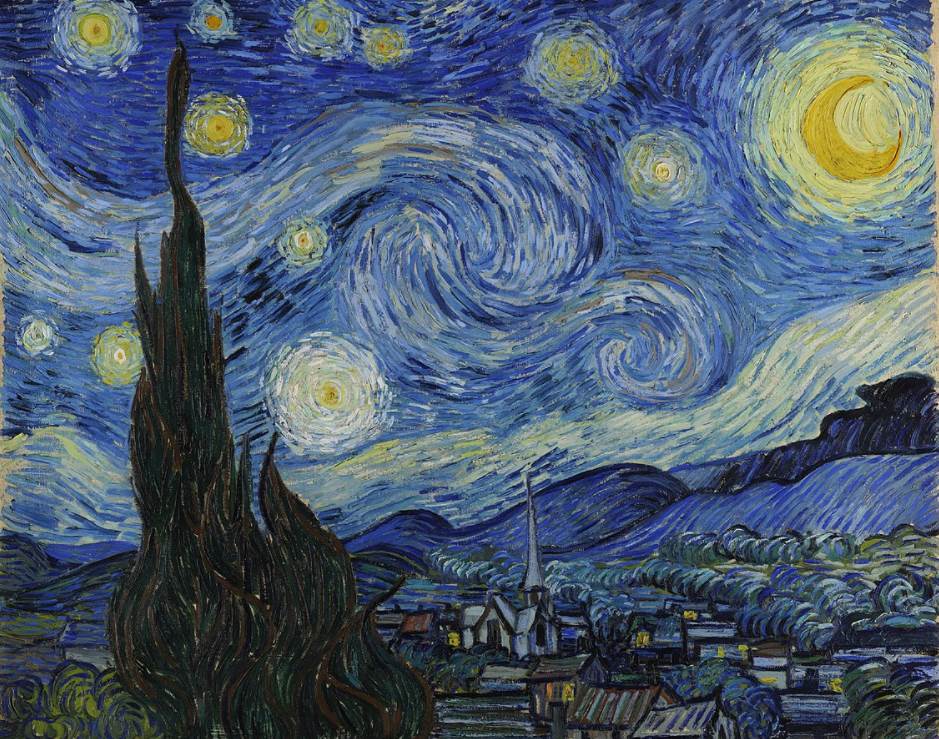
9. Da Vinci’s Genius
Leonardo da Vinci was also an inventor, and his sketchbooks contain designs for early versions of a helicopter, a tank, and a calculator.
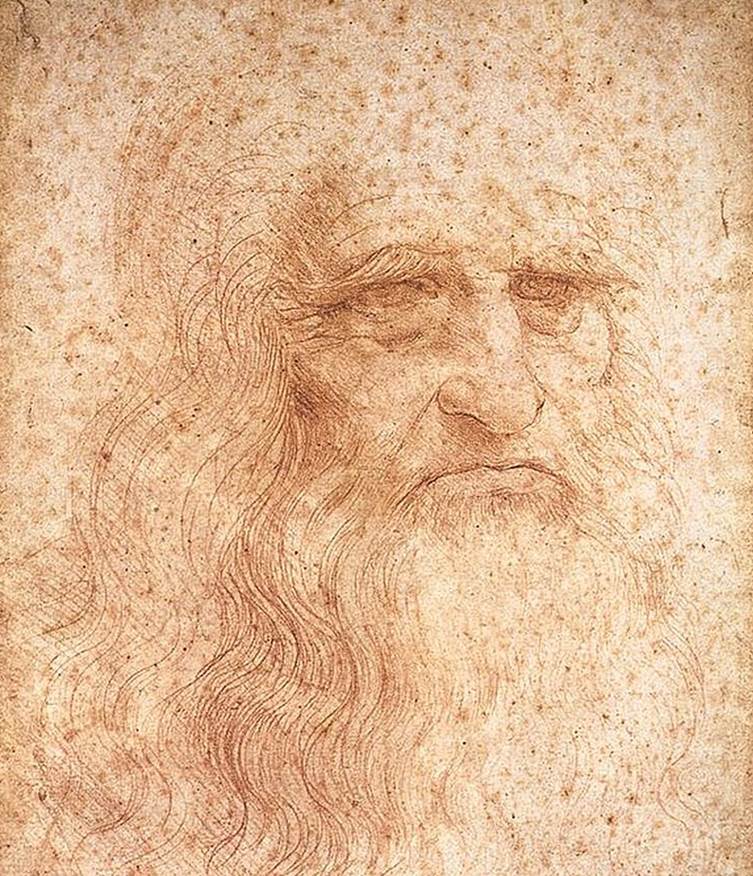
10. The Statue of Liberty’s Secret
The design of the Statue of Liberty was originally intended for Egypt as a lighthouse for the Suez Canal. It would have served this purpose perfectly I think.

11. Michelangelo’s Pride
Michelangelo signed the Pietà, his sculpture of Mary holding Jesus, after overhearing someone else getting the credit for it.
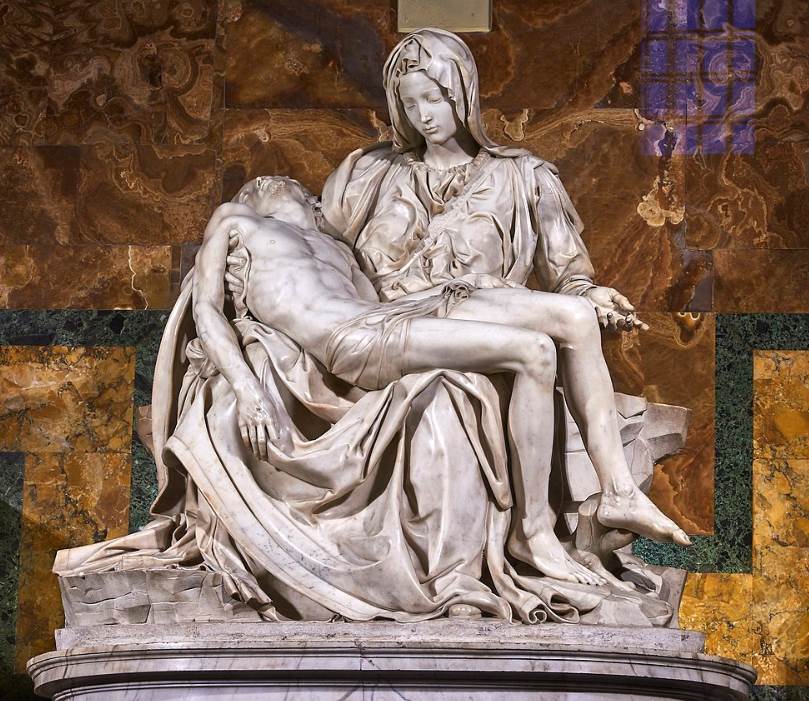
12. Dalí’s Ego
Salvador Dalí would often send his wife, Gala, out to pay for meals with checks, knowing that the restaurant owners would prefer to keep his autograph rather than cash the checks.

13. Klimt’s Uniqueness
Gustav Klimt, known for his world-famous “The Kiss,” often incorporated gold leaf into his paintings, giving them a distinctive, shimmering quality.

14. Rodin’s Magnum Opus
The Thinker by Auguste Rodin was originally part of a larger work called “The Gates of Hell,” inspired by Dante’s Inferno.
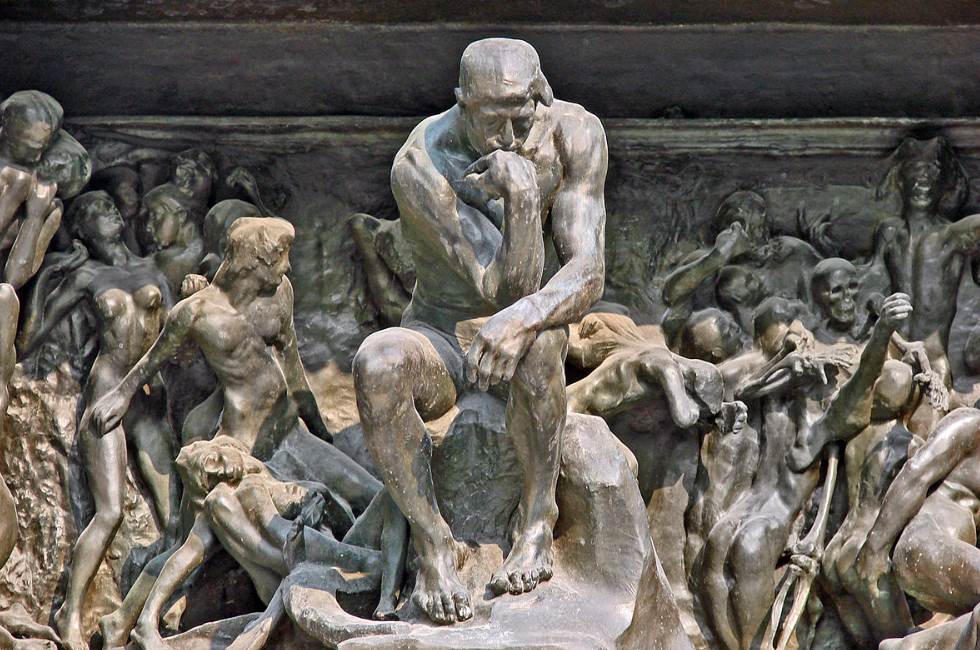
15. Vermeer’s Secret
Johannes Vermeer (1632-1675) probably used a camera obscura, an early photographic device, to help create the incredibly detailed compositions in his paintings.
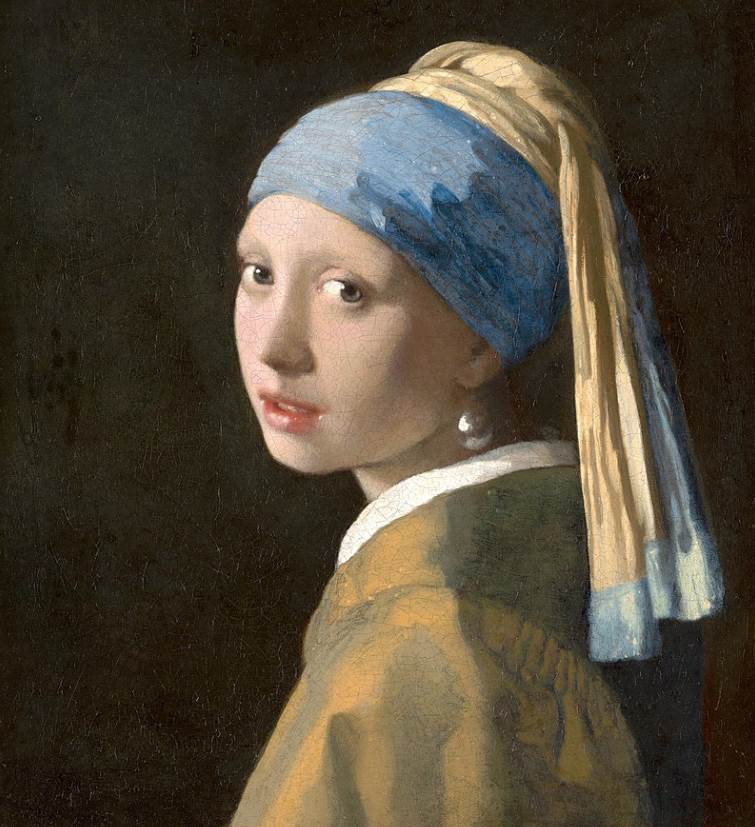
16. Dürer’s Talent
Albrecht Dürer created the first known self-portrait at the age of 13, drawing himself with the detailed silverpoint technique that made him so famous.

17. Van Gogh’s Discovery
Vincent van Gogh was so prolific that he often painted over his old canvases to save money, which led to the discovery of hidden paintings under some of his works.

18. Picasso’s Talent
Talk about a child prodigy! Pablo Picasso could draw before he could walk, and his first word was “pencil” in Spanish (“piz” for “lápiz”).

19. Rousseau’s Naivety
Henri Rousseau was a self-taught artist who never left France, yet he painted exotic jungle scenes inspired by his visits to the Parisian botanical gardens and zoos.

20. Hopper’s Model
Edward Hopper often used his wife, Josephine, as the model for the women in his paintings, including the famous “Nighthawks.”
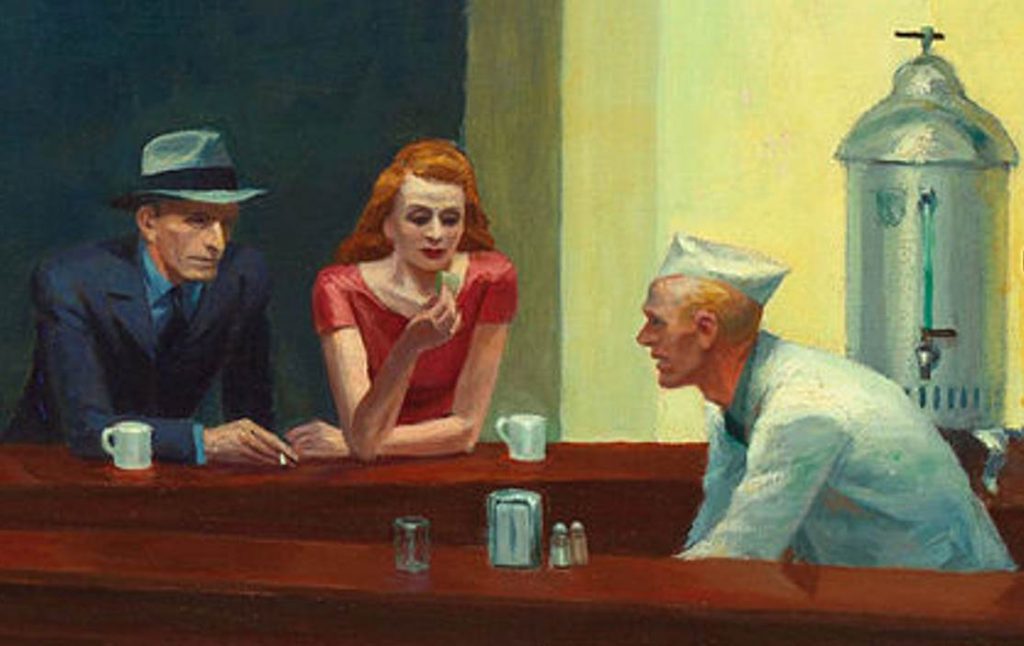
21. Magritte’s hat
René Magritte often wore a suit and bowler hat, much like the ones that are worn by the men he depicted in his surreal paintings.

22. Da Vinci’s Procrastination
Leonardo da Vinci was a huge procrastinator! He never completed many of his artworks, including the famous “Mona Lisa,” which he continued to work on until his death.

23. Monet’s Garden
Claude Monet’s house and garden in Giverny, France, are now a popular tourist attraction, drawing art lovers from around the world. You can easily see where he got his main inspiration during the final decades of his life.

24. Munch’s Scream
Edvard Munch’s “The Scream” has four versions: two paintings, a pastel, and a lithograph, each with slight variations. It’s one of the most iconic series of artworks ever created.
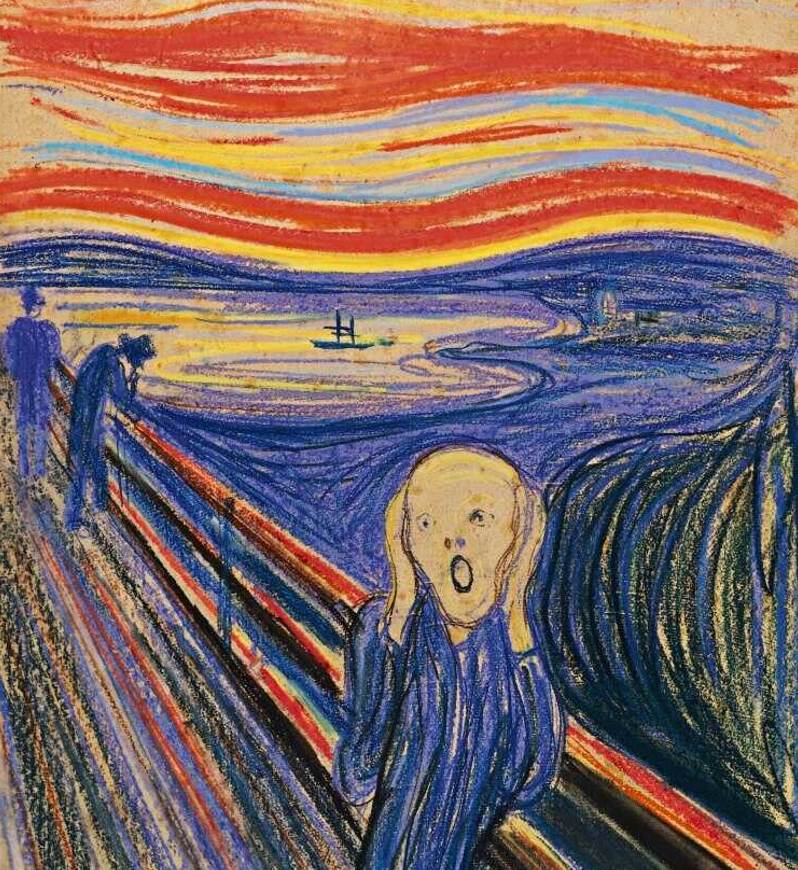
25. Matisse’s Creativity
Henri Matisse once said that creativity takes courage, and his bold use of color and form exemplifies this belief. This is highlighted by a portrait of his wife known as “The Green Stripe,” which was heavily criticized upon completion.
